If You Saw ‘Mother!’ and Were Totally Confused, Here’s the Straightforward Explanation
By J.D. ECARMA
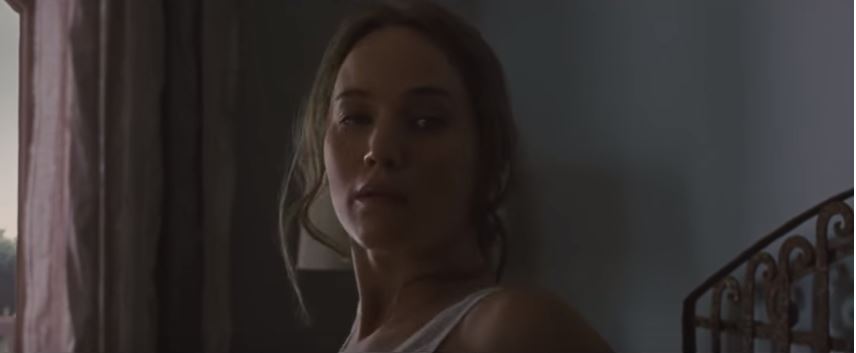
Author’s note: All the spoilers.
“Mother!” premiered last weekend and confused many viewers, including me. It was (perhaps purposely) mis-marketed as a horror movie. Love it or hate it, “Mother!” is actually an allegory that uses some gruesome scenes and a stylized, over-the-top version of key passages in the Bible to tell a story about climate change.
Javier Bardem is God.
In the beginning of the world, Bardem’s character, “Him,” creates the world and places in it a piece of forbidden fruit: a mysterious glass shape that will later be broken before havoc ensues.
The character “Him” seems to be purposely upper-cased, while “mother” the character has been printed in lower case for promotional purposes. In most translations of the Bible, the pronouns for God are capitalized.
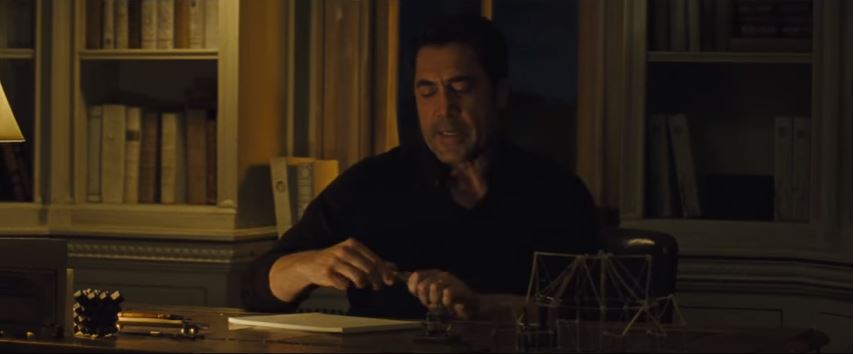
Bardem’s version of God is at times a distant, Deistic being who doesn’t interfere with the world, but ultimately, he is a sadistic creator who makes things for his own pleasure even knowing that they will be tormented and destroyed.
The house is the Earth.
Darren Aronofsky, who wrote and directed the film, said that Mother! was an allegory for climate change and how people are affecting the Earth.
“It came out of living on this planet and sort of seeing what’s happening around us and not being able to do anything,” he said. “I just had a lot of rage and anger and I just wanted to channel it into one emotion, one feeling.”
Beginning as a paradise to hold two people, the house is eventually destroyed by humans who bring violence, war and death.
Jennifer Lawrence is Mary.
The titular “mother” seems to be both Mother Earth and Mary, the mother of God. Lawrence’s character has a unique connection to the house and can feel its heartbeat as if it were a living creature.
She longs to become a mother and wanders through the house, neglected by her husband while wearing virginal white. They don’t have sex until a crucial scene where she is impregnated with a child who will later signify Jesus Christ, the son of God.
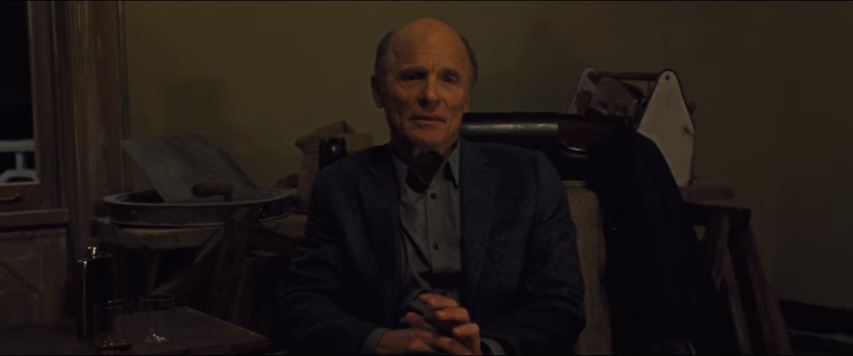
Ed Harris is Adam.
The man who first wanders into the house to interrupt the Earth’s tranquil existence is a portrayal of the biblical Adam. Harris is simply listed as “man” in the film’s credits.
During the night, Lawrence’s character awakens to see her husband caring for Harris, who has fallen ill and has a mysterious cut on his side. The next day, she finds a bloody something blocking the toilet – Aronofsky has revealed that it was indeed a rib.
According to the biblical account of creation, God made man on the sixth day, taking a rib from the man to create woman.
Michelle Pfeiffer is Eve.
After the rib was removed, “woman” (Pfeiffer) appears at the door, saying she is the wife of man (Harris).
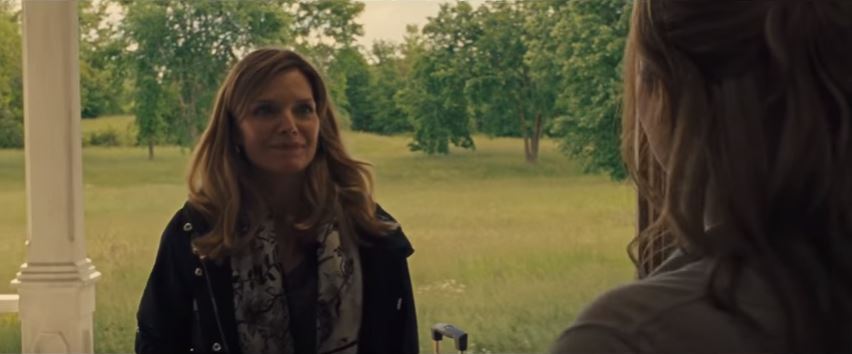
She proceeds to nag Lawrence’s “mother,” who is not yet a mother, about having children, possibly a reference to the post-creation directive from God to “be fruitful and multiply.” The pair make themselves at home, and Lawrence’s character makes the best of things until they smash the precious piece of glass in Bardem’s character’s study.
Bardem throws everyone out and boards up the study, depicting when God drove man out of the garden of Eden after eating the forbidden fruit.
The two sons are Cain and Abel.
As if having a couple invade her home weren’t enough, Lawrence is shocked when their two sons come over and start fighting in front of everyone. The older son murders the younger one and then becomes a fugitive, showing the story of Cain and Abel (the sons of Adam and Eve).
The blood is human sin corrupting the world.
The story of Cain and Abel is the story of the first murder. In Genesis 4, God says to Cain, “The voice of your brother’s blood cries out to Me from the ground.”

After Adam and Eve’s son kills his brother, the blood spilled on Lawrence’s nice wooden floors appears to be eating away at the house. From that moment on, the house is imperfect because it has been touched by blood.
The water chasing away all the people in the house is Noah’s flood.
Bardem’s character unreasonably opens up their home to throw a wake for the family they barely know. As more and more people flood her house, Lawrence’s character gets increasingly upset. Two especially rowdy visitors break a sink, causing water to spurt everywhere. Lawrence’s “mother” finally breaks, and everyone is evicted from the house, leaving peace once more.
The baby is Christ.
Lawrence gets to be a mother and to be happy for a brief moment before the climactic scenes of the film. She prepares a beautiful nursery, while her husband writes his next book. When the fullness of her time comes … all hell breaks loose.
His death is the Crucifixion.
Bardem’s “Him” is in love with himself and cannot turn away any worshippers. His wife prepares a beautiful meal and dresses in a soft white gown that flows over her hugely pregnant belly, but he’s too preoccupied with fans who have pressing questions about his new book to have time for her.
His followers become more and more rabid and adoring, begging for ink from the great poet to be smeared on their foreheads (depicting the Christian holy day Ash Wednesday, where a priest smears ashes on the forehead of each believer in the shape of a cross). They eventually begin stealing things and ripping the house itself apart, signifying what environmental advocates say people are doing to the Earth.
Lawrence’s “mother” agonizingly gives birth in their last sanctuary, the upstairs room that used to be boarded up. She has a son and refuses to relinquish him until she falls asleep from sheer exhaustion. Once she’s asleep, Bardem takes him to show him to the crowd of adorers – who snatch him away, murder him and then literally partake of his body, Aronofsky’s heavy-handed take on the Christian sacrament of communion.
Bardem’s response to “mother” is that the people must be forgiven for killing their child.

Lawrence is thrown onto the ground, beaten and called “whore,” seemingly turning from the Virgin Mary into Mary Magdalene.
Destructive humans finally ruin the Earth and they must in turn be destroyed.
There is no Resurrection Sunday in Aronofsky’s bible. Instead, Lawrence/Mother Earth is so angered that her home and her child have been taken from her that she uses a gas pipe in the basement of the house to blow everything up. She is gruesomely burned and blackened; in her final moments, “Him” has a last request. He wants her heart.
God recreates the world.
Ditching the biblical account altogether, Bardem’s God seems to be starting time all over again, recreating the house/the Earth, populating it once again with a beautiful young woman and placing the delicate forbidden glass (the mother’s heart) on the mantel of his study/the Garden of Eden. And the story starts all over again with a brand-new mother, played by an entirely different actress.

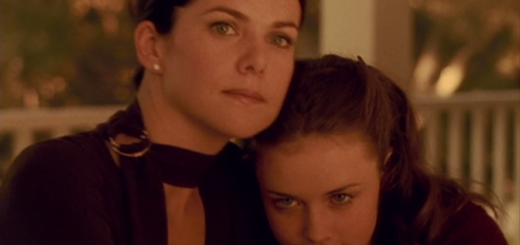
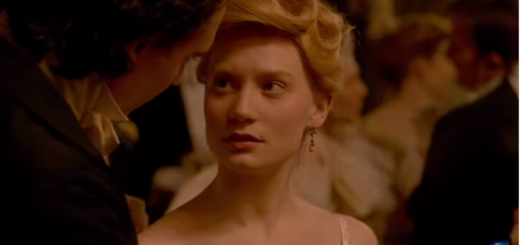

Wow… A childish, horrific and insanely
written criminal story.